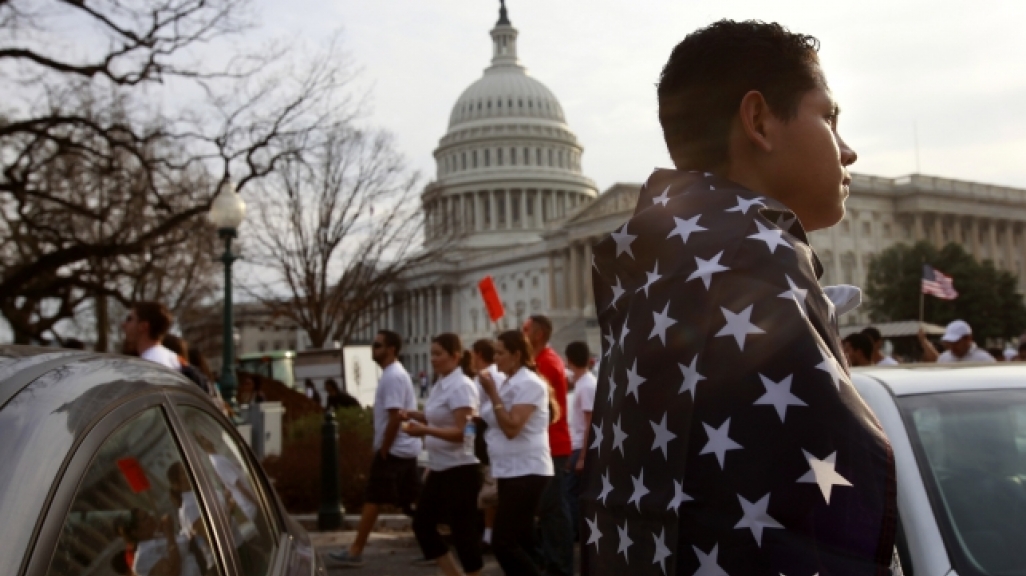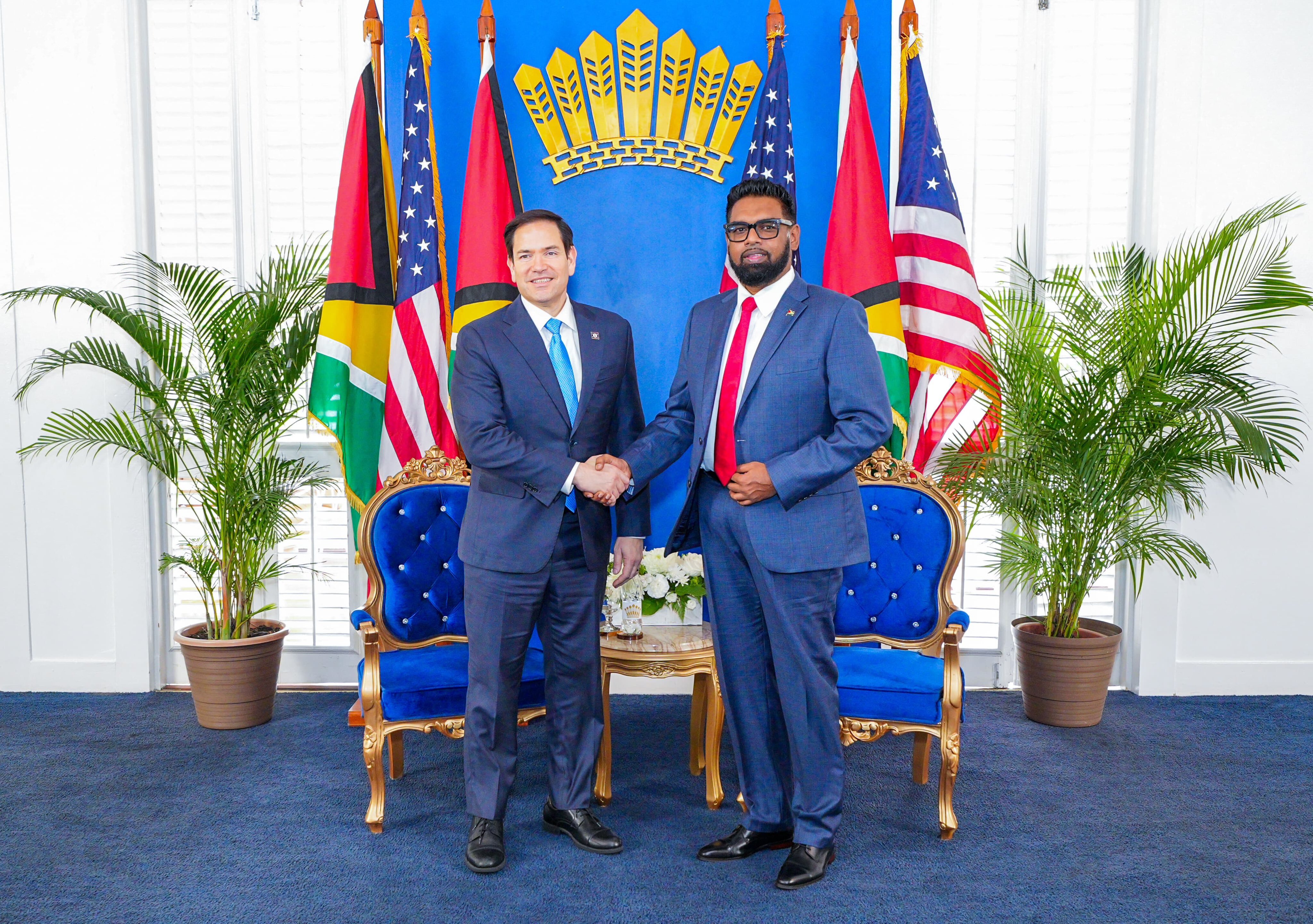LatAm in Focus: The Intertwined Nature of U.S.-Mexico Ties
LatAm in Focus: The Intertwined Nature of U.S.-Mexico Ties
By
Carin Zissis
“Nowadays we cannot talk of the Mexican economy and the American economy separately,” says Diego Gómez Pickering, the new Mexican consul general in New York.









